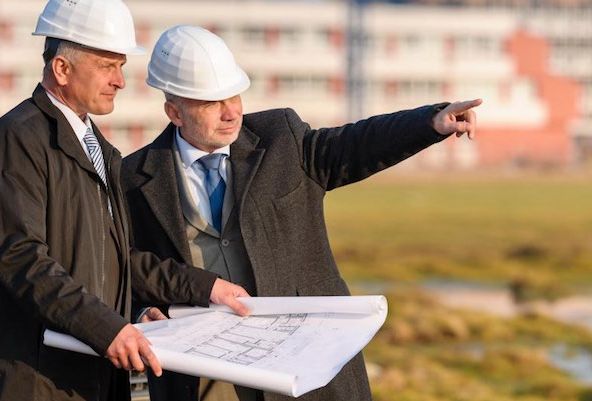The workplace is evolving. Clients in every industry are already grappling with the difficulties and opportunities posed by this upheaval, with much consideration given to how work will be accomplished and by whom in the years ahead. The real estate business is no exception, with a considerable influence on the physical workplace expected, which occupiers, developers, and investors will need to examine carefully. We’ve highlighted four critical trends that the industry will need to respond to in 2022, based on major disruptors identified by Deloitte, ranging from automation and job replacement to diversity and generational shift.
Location strategy is key:
Whether it’s to get access to talented personnel pools, improve financial performance by migrating to lower-cost locales, or adapt to geopolitical events, location strategies have never been more vital. In the past, these were frequently established in an ad hoc and reactive manner. Occupiers will need to keep these under regular scrutiny in the future to ensure that the footprint is optimized and that future requirements are foreseen, planned for, and implemented on time.
It is critical for developers and investors to understand developing geographical hotspots and provide the necessary real estate into them. If you invest in markets that are still developing but have the potential to capture demand as it increases, you may face additional risks.
Real estate must be viewed as a source of value:
For many businesses, real estate is still viewed as an expense that must be controlled. Real estate must be viewed as a value driver in the future. This will be accomplished by creating a physical environment that prioritizes the employee experience and is designed to foster purpose, engagement, cooperation, and creativity. These are all critical in assisting future organizations in responding to the quickly changing demands of a technologically enabled world.
The way people use space will change:
Corporate occupiers must be able to articulate and track the value that the workplace will provide in order to achieve this. The challenge for developers and investors is to provide the market with buildings that offer characteristics that occupants would value rather than focusing solely on short-term financial gains.
Remote working was once advertised as a way to save money. Today, employees are the ones who demand agile functioning. Both of these trends reduce the quantity of traditional office space that is needed. However, as traditional office space becomes scarce, we anticipate a major growth in non-traditional space – that is, space that facilitates teaming, collaboration, and co-working.
Occupants must gain a better grasp of how they use the space in practice. Sensors and other building technologies can assist provide insight into how different types of space are used, allowing buildings to be operated more efficiently. Furthermore, occupiers must adopt fit-out and furniture solutions that can adapt at a low cost. This will necessitate a departure from traditional, often stringent, organizational guidelines. The issue for developers and investors is to create buildings with enough flexibility in the base build to accommodate a larger range of configurations while also anticipating demand for intelligent building data and analytics.
The strategic solution will include flexible office space:
Serviced office space has long been a part of the corporate portfolio, where it is frequently employed as a short-term option to accommodate project or overflow space. However, as the flexible office market has matured, occupiers are increasingly searching for ways to strategically utilize this space, such as supporting high-growth digital enterprises.
Flexible space is set to play an ever-greater role within the corporate portfolio as organizations grow more dynamic and the future becomes more uncertain. The difficulty for occupiers is to justify the cost premium above typical long-term space for the additional flexibility and increased amenity afforded by the facility. It begs the question of how to capture the premium that occupiers are prepared to pay for landlords and investors, with several considering moving to shorter flexible lease terms and/or building their own flexible office brands.
Conclusion:
Real estate is a business where judgments must be made that are costly, long-term, and committed. Multimillion-dollar construction contracts, multi-asset worldwide portfolios, and investor desire for stability and tenure do not sit easily with concepts like innovation and “failing fast.”
The Future of Work, on the other hand, is already here. And it’s apparent that it will have an impact on industries other than commercial real estate, whether it’s manufacturers’ operating models being transformed by automation or retailers employing sensors to capture and exploit customer data in their stores.
We believe the Future of Work will entail buildings where tomorrow’s talent will be based for developers and investors. The future building must be constructed around the needs of the people who will use it. It also needs to be adaptable and well equipped for the technology required to manage the workplace of the future. The focus for occupiers should be on maximizing the value that real estate brings to the company. This can be accomplished by continuously optimizing strategic locations, balancing long-term and short-term leases, synchronizing the physical and virtual workplaces, and putting the user experience at the centre of office design.




